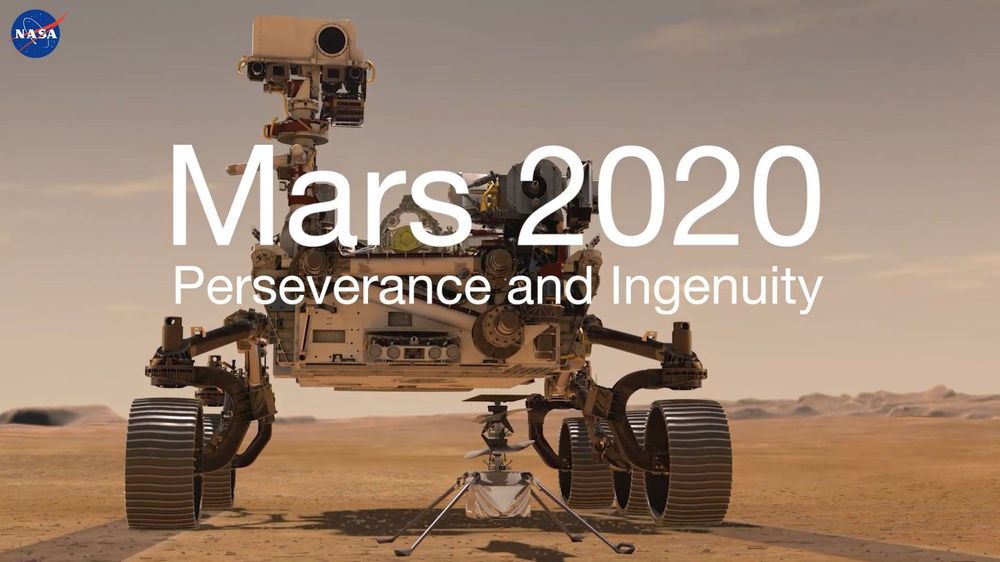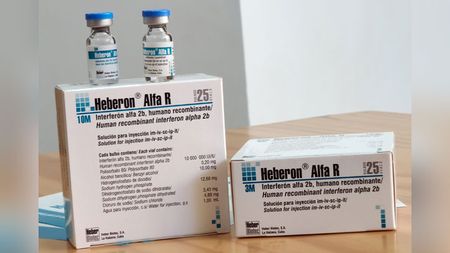A radiation-absorbing fungus found at the destroyed Chernobyl nuclear reactor has been shown to absorb harmful cosmic rays on the International Space Station, and could potentially be used to protect future Mars colonies.
Exposure to cosmic rays poses a major health risk to astronauts leaving Earth’s protective atmosphere. Shields can be made out of stainless steel and other materials, but they must be shipped from Earth, which is difficult and costly.









